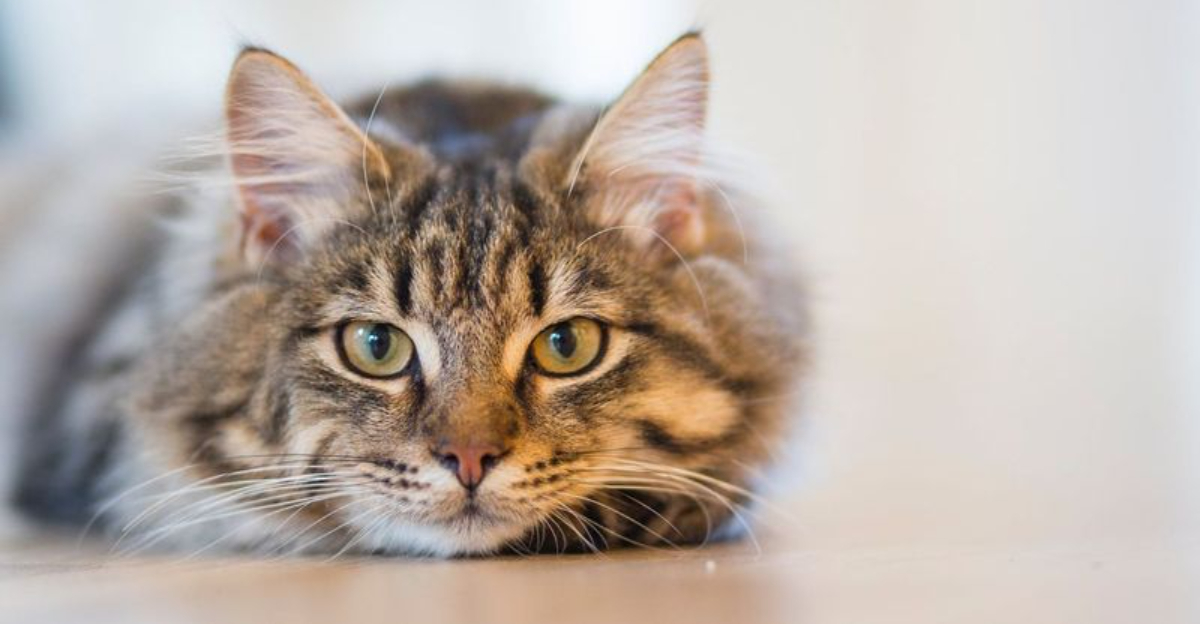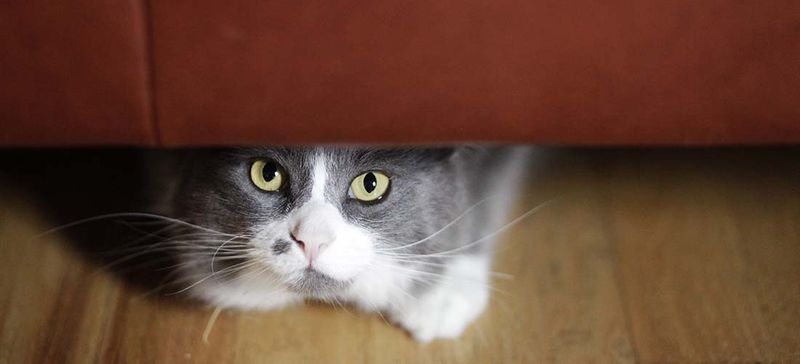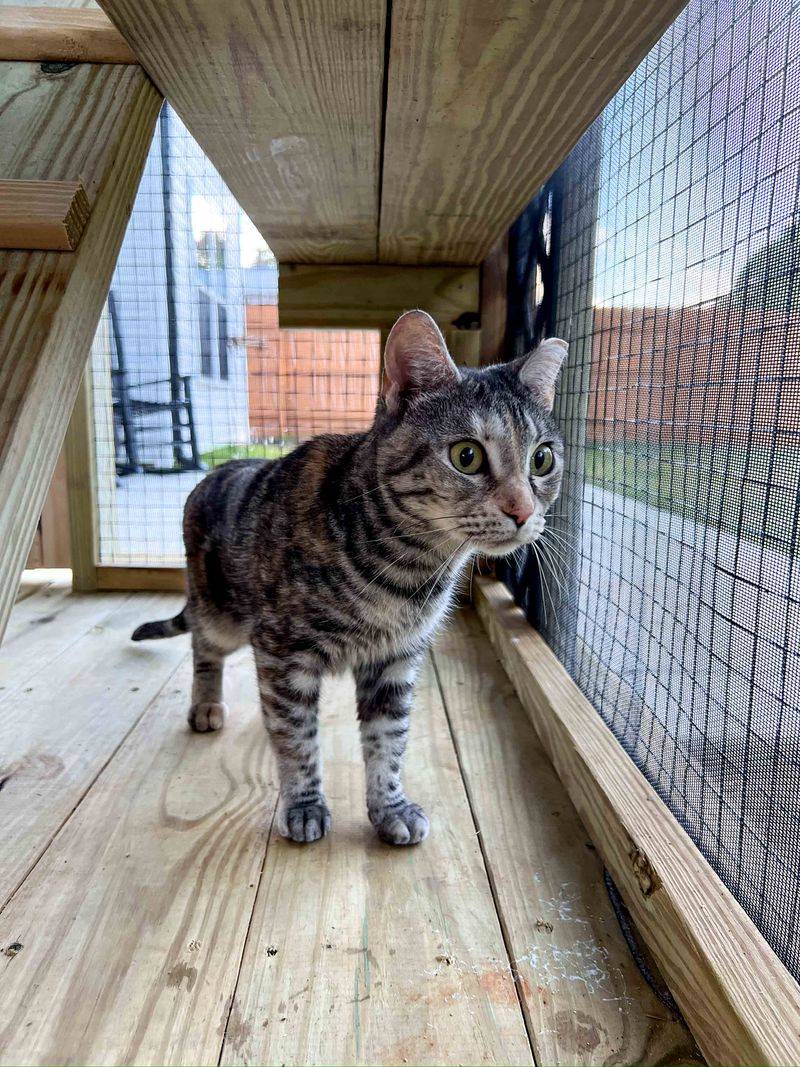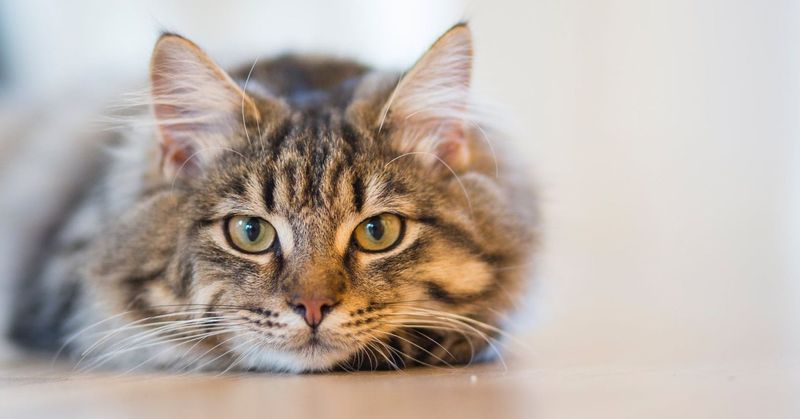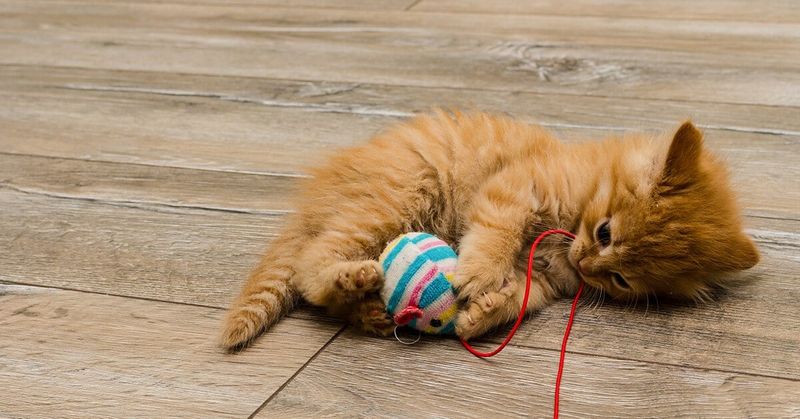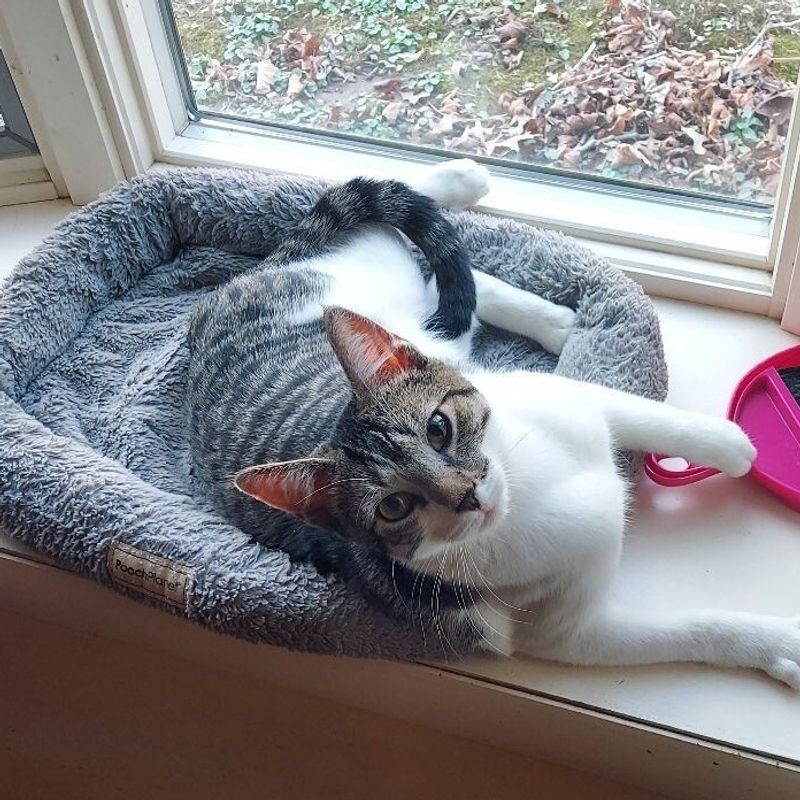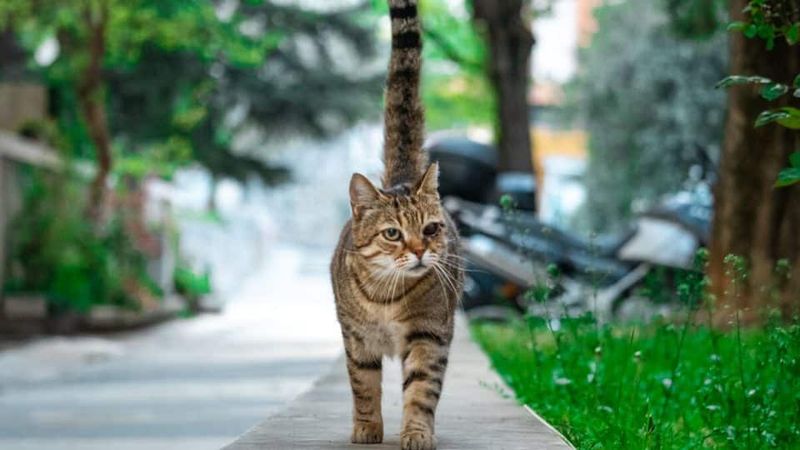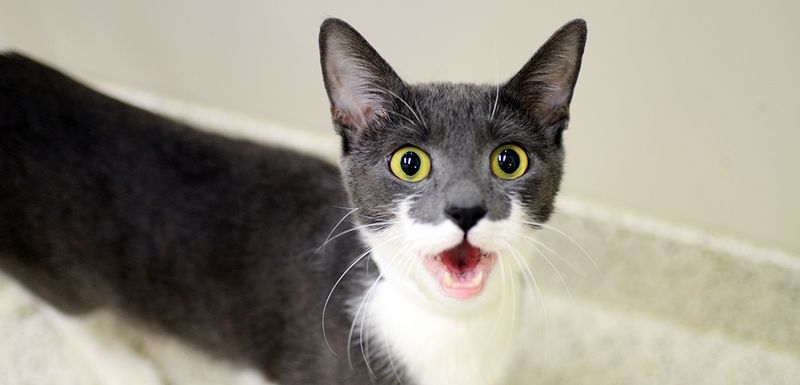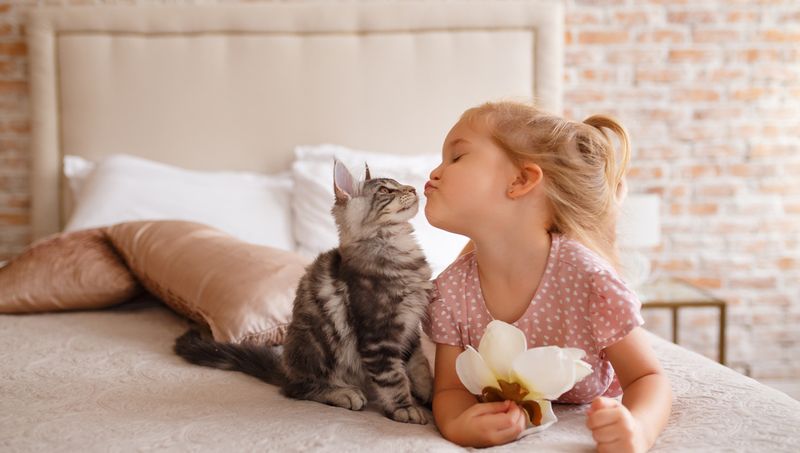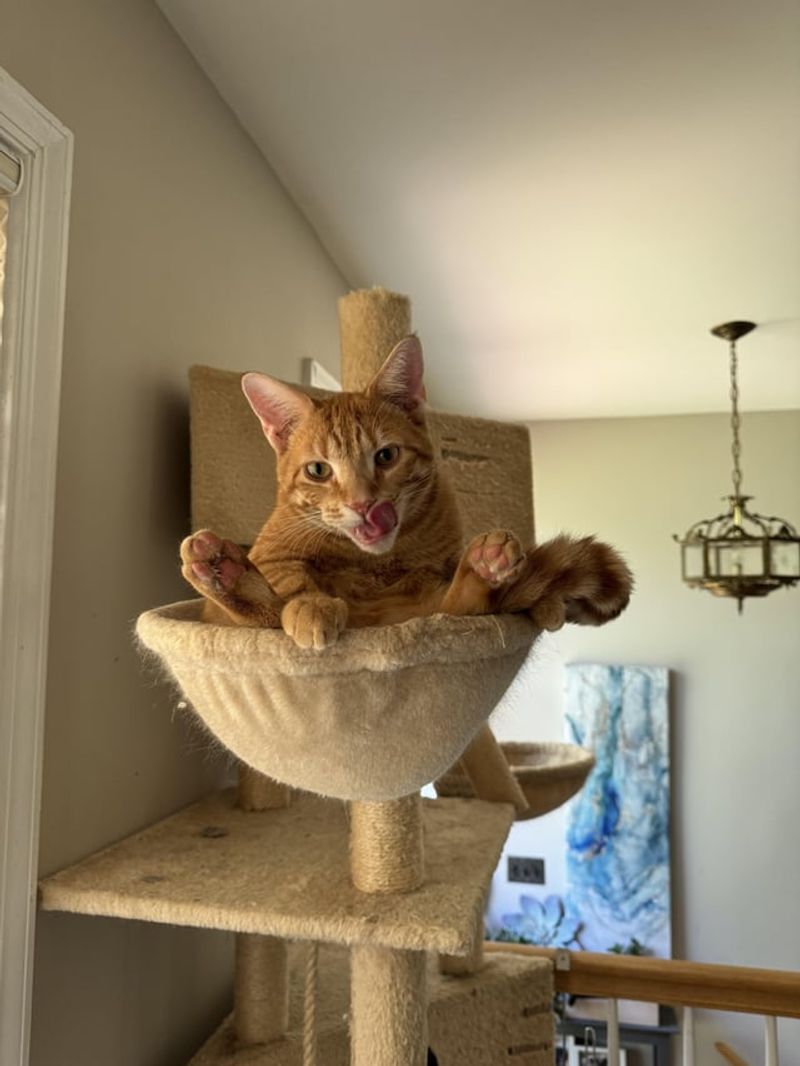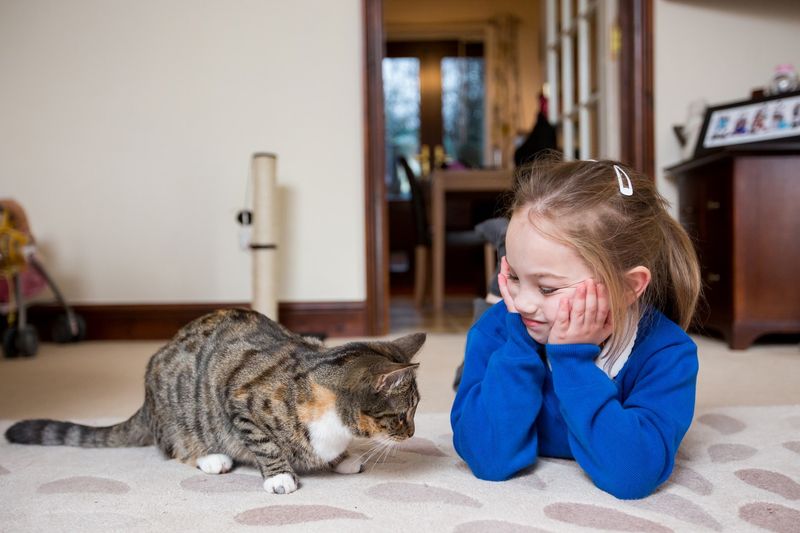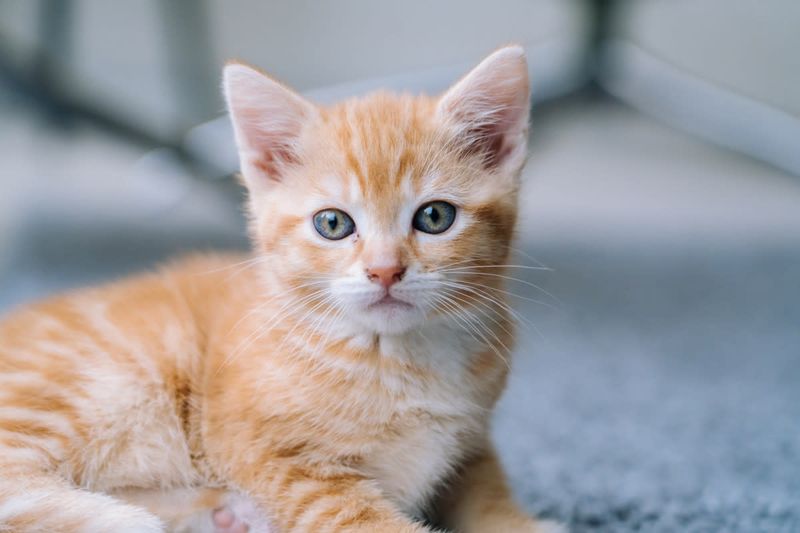📖 Table of Content:
Rescuing a cat opens the door to a new chapter in both the cat’s and the owner’s lives. As the cat transitions into its new home, it experiences various emotional stages that reveal its personality and past experiences. These stages are a testament to the resilience of cats, shedding light on their capacity to heal and adapt to love and care.
Understanding the emotional journey of a rescued cat is essential for building a strong, trusting relationship. Each emotional milestone marks a step toward stability, comfort, and confidence in the new environment. Observing these changes helps owners recognize when their cat needs reassurance, space, or affection.
The process of acclimating to a new home can take time, with each stage offering clues about the cat’s history and emotional needs. By paying attention to these phases, owners can provide the necessary support, fostering a deep connection. These 12 emotional milestones offer insight into what rescued cats experience, guiding owners on how to help their new companions thrive.
1. Fearful Cautiousness
Upon arriving in a new home, rescued cats often exhibit fearful cautiousness. Their wide eyes and dilated pupils tell tales of uncertainty. Each soft rustle or distant sound can send them scurrying under the nearest piece of furniture. In this stage, patience is crucial.
Owners should maintain a calm environment and offer gentle reassurance. Without sudden movements, they can slowly build trust. Every little breakthrough, like a cautious nose poke or a tentative step out from a hiding place, is a victory. This stage sets the foundation for all future interactions, paving the way for a smoother transition.
2. Curiosity Takes Hold
With a touch of bravery, curiosity takes hold of the rescued cat. Ears perked and nose twitching, it begins to explore its surroundings. This stage is marked by cautious yet inquisitive behavior. Every corner and crevice becomes a world to discover. Owners witness their feline friend sniffing objects, testing surfaces, and occasionally batting at dangling strings or toys.
At this stage, providing a variety of stimuli, like toys or scratch posts, can enhance their environment. Encouraging this exploration helps them build confidence and reduces anxiety. It’s a heartening sight, watching a once-nervous cat become an adventurer.
3. Tentative Affection
Tentative affection marks an emotional breakthrough in a rescued cat’s journey. It may gingerly approach, cautiously rubbing its side against a human leg. These first gentle nudges signify a growing trust. Cats in this stage may also begin to purr softly, showcasing comfort in their new environment. The warmth of a gentle hand can reinforce this burgeoning bond. Owners should remain attentive, respecting the cat’s pace and boundaries.
Each affectionate gesture, no matter how subtle, is a testament to the growing relationship. This tender stage is a stepping stone towards deeper companionship and mutual understanding.
4. Playful Exploration
A burst of energy signals the playful exploration stage. The cat’s agility shines as it darts across rooms, chasing after toy mice or pouncing on shadows. This stage reveals a sense of joy and comfort in their surroundings. Owners are often delighted by spontaneous bursts of play, which provide entertainment and exercise.
Engaging them with a variety of toys nurtures their innate hunting instincts. This playful behavior not only builds physical strength but also strengthens the bond between cat and owner. It’s a heartwarming spectacle, witnessing a once-timid cat embracing its playful nature.
5. Seeking Solitude
In the midst of exploration and play, rescued cats often seek solitude. A sunlit windowsill or a quiet corner becomes their haven. This phase is not a retreat from affection but a natural need for personal space. Cats appreciate time alone to recharge, reflect, and simply be.
It’s important for owners to respect this autonomy, providing cozy nooks where their feline companions can relax undisturbed. These moments of solitude are vital for a cat’s mental well-being. Observing their peacefulness during these times offers insight into their independent nature and enhances mutual respect.
6. Building Confidence
Confidence emerges as a notable milestone for rescued cats. With tails held high, they explore their environment with assurance. This stage is characterized by a visible sense of security, often evident in their relaxed demeanor and curious gaze.
Cats may venture into new areas, both indoors and outdoors, displaying bravery and independence. Owners should encourage these explorations, ensuring the environment is safe. Offering praise and gentle words reinforces their confidence. Witnessing this transformation from timid to bold offers immense satisfaction, as it highlights the positive impact of a loving and supportive home.
7. Vocal Expressions
Rescued cats often find their voice, leading to vocal expressions as they adjust to their new home. Meows, purrs, and chirps become tools of communication. Each sound carries a meaning, from seeking attention to expressing hunger. Understanding these vocal cues fosters a stronger bond between cat and owner.
This stage allows cats to convey emotions and needs more openly, enhancing interactions. Encouraging these vocalizations through responsive communication strengthens trust. The delightful chatter of a contented cat adds warmth to the home, creating a lively and interactive environment.
8. Forming Attachments
The attachment phase is a profound step for a rescued cat, signaling the building of trust. Resting on a lap or snuggling next to their owner is a clear sign of comfort and safety. During this stage, a cat may seek out more proximity, following their human in search of love and connection.
It’s a testament to the bond that has blossomed through patience and understanding. Owners should cherish these moments, reinforcing their cat’s sense of security. This attachment not only brings joy but also enhances the emotional well-being of both the cat and the owner.
9. Testing Boundaries
Testing boundaries is a playful yet challenging stage for both rescued cats and their owners. Mischievous behavior, like knocking items off tables, often emerges as cats test their environment and the responses of those around them. This stage reflects their growing confidence and curiosity. It’s important for owners to maintain patience while setting clear boundaries.
Redirecting their energy with engaging toys can help balance the mischief. Understanding this behavior as a sign of comfort in their surroundings aids in managing it effectively. It’s a testament to the cat’s adjustment and evolving personality.
10. Contented Relaxation
Reaching a state of contented relaxation is a rewarding moment for a rescued cat, signifying comfort and happiness. Cats often sprawl lazily on couches, their eyes half-closed in pure serenity. At this point, they have fully embraced their new home, showing trust in their environment and humans.
Owners often find joy in these peaceful moments, as they signify a successful adjustment. Providing cozy spaces enhances their comfort, fostering a sense of belonging. The sight of a cat at ease is a heartwarming reminder of the transformative power of rescue and the love shared in the journey.
11. Protective Instincts
Protective instincts may surface in rescued cats as they bond with their new families. Acting as guardians, they often watch over sleeping children or keep a vigilant eye during household activities. This behavior highlights their sense of loyalty and belonging. It’s a touching stage that underscores the depth of their connection.
Owners witnessing this protective nature often feel a reciprocal sense of responsibility and affection. This stage exemplifies the profound emotional bond that has developed, showcasing the nurturing side of rescued cats.
12. Lifelong Companionship
The final stage of the emotional journey for a rescued cat is marked by lifelong companionship. A happy cat and owner sharing a quiet moment in the garden symbolizes this deep bond. It’s a relationship built on trust, understanding, and mutual respect. This stage is a celebration of their shared history, from initial fears to lasting friendship. Owners often express gratitude for the joy and love their feline companions bring.
This enduring partnership enriches lives, providing continuous comfort and happiness. The journey of rescue culminates in a cherished companionship that lasts a lifetime.
